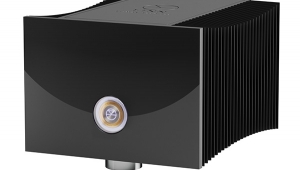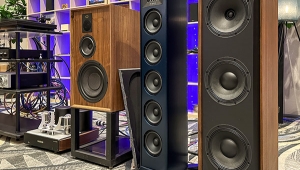| Columns Retired Columns & Blogs |
"I also believe that Harbeth's Monitor 30.2 is the most neutral, accurate, tuneful, fun, and music-loving stand-mounted two-way speaker I've heard."
So you would say, Herb, that it (the 30.2) is more accurate (and neutral) than the:
1) Magico Q1
http://magico.net/product/q1.php
2) Raidho D-1.1
https://raidho.dk/product-detail/d-1-speakers/
?
What in the Harbeth 30.2 prevents the thin wall (I believe it's similar to a Cajon (https://en.wikipedia.org/wiki/Caj%C3%B3n) in construction from resonating and reacting to the bass frequencies in the cabinet?
It certainly is beautiful looking, shot in the dark light. Even nicer in the light, actually. Could the be the port? :)
Would you say it partners well with NAIM (PRAT) re: the British "Audio" re: tuneful, music-loving and fun!
John
N) How about the Computer Audiophile favourite, the TAD CR-1?
Thanks!













































